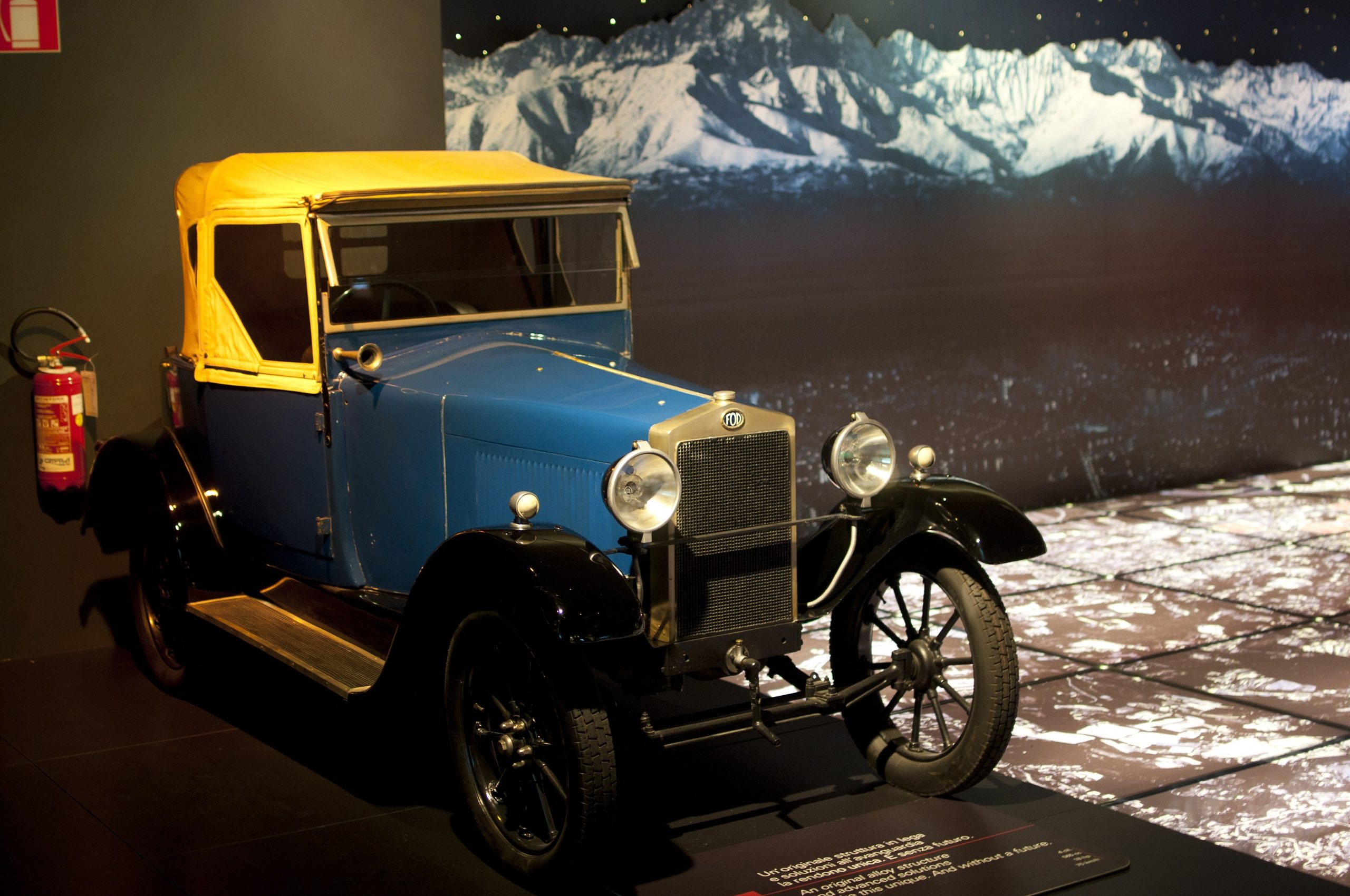According to the British newspaper The Times, the National Automobile Museum of Turin is among the 50 best museums in the world. It competes with the British Museum and the Smithsonian‘s in Washington and is at the 35th place in the classification.
It has recently reopened after a radical, large-scale transformation of its contents and its building. The Museum has a new look, thanks to a modern, innovative design: this is not just a simple architectural renovation, but a new amenity redesigned to be placed among the most cutting-edge of European cultural centres. It’s a museum that can attract not only an audience of specialists but also young people, families and students and is also a space for the locals, who will find in the rebuilt complex, a place where to meet and socialize.
The international classification is confirmed by the number of visitors: 500,000 in 30 months. Numbers that let the museum compete with absolute Italian jewels, beginning with the Egyptian Museum of Turin.
The National Automobile Museum tells the story and the evolution of the motor car, as well as the social themes linked to it, its transformation from a means of transport to an object of worship, from its origins right up to the contemporary evolution of creative thought, and all this is done with spectacular displays showing off the valuable pieces in the collection.
The collection consists of about 200 cars by 85 manufacturing companies, coming from 8 different countries of the world: Italy, France, Great Britain, Germany, The Netherlands, Spain, Poland and the United States.
This is a genuine national and international museum exhibiting one of the rarest and most precious collections in this sector. An extremely precious item is the “steam car” designed by Virginio Bordino in 1854.
The importance of this collection is not only represented by the value of its extremely old items, but it also manages to tell the story of societies, nations and cultures across two fundamental centuries. The cars are placed within the social context they originated from, to prove how the items belonging to our daily life can mirror our tastes, habits and ideas. The cars stand before visitors as the emblems of a world which never stopped, as its development and transformations are translated into changes and experiments in different fields.
They also represent the historical memory of our past and the possibilities of our future.





























